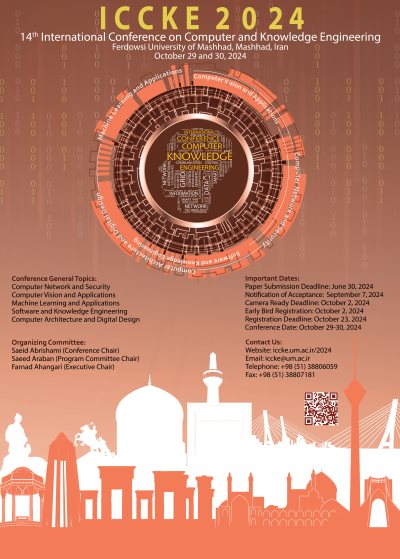0% Complete

Authors :
Keywords :
Abstract :
List of archived papers
Abolfazl Dibaji - Sadegh Sulaimany
Mohammad Ali Javadzadeh Barzaki - Jafar Abdollahi - Mohammad Negaresh - Maryam Salimi - Hadi Zolfeghari - Mohsen Mohammadi - Asma Salmani - Rona Jannati - Firouz Amani
Ervin Gubin Moung - Toh Sin Tong - Maisarah Mohd Sufian - Valentino Liaw - Ali Farzamnia - Farashazillah Yahya
Farhad Abedinzadeh Torghabeh - Yeganeh Modaresnia - Seyyed Abed Hosseini
Parsa Haddadian - Rooholah Abedian - Ali Moeini
Keyvan Asefpour Vakilian
Mohammad Aminazadeh - Fakhroddin Noorbehbahani
Hamed Mahmoudi - Behrouz ShahgholiGhahfarokhi
Sajad Haghzad Klidbary - Anahita Babaei - Ramin Ghorbani
Lim Zhen Xian - Ervin Gubin Moung - Jason Teo Tze Wi - Nordin Saad - Farashazillah Yahya - Tiong Lin Rui - Ali Farzamnia




